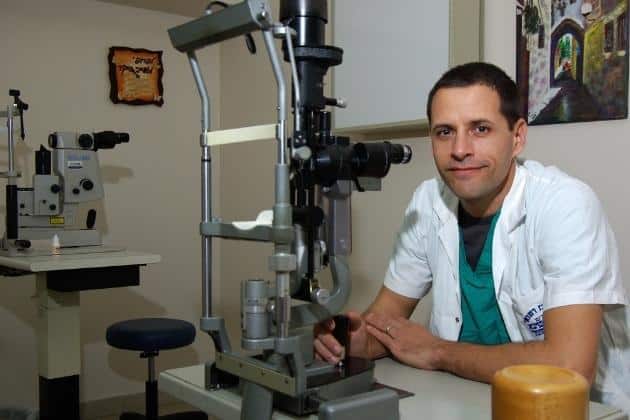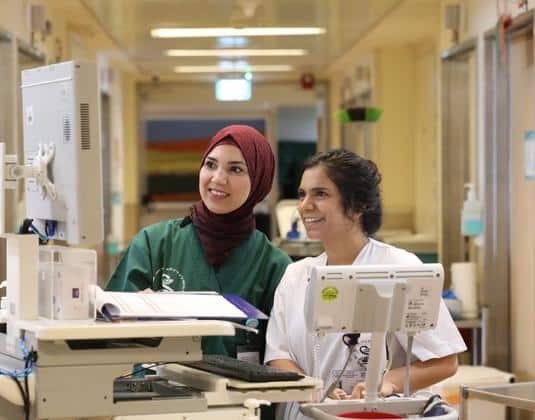Familial Retinoblastoma: A Survivors’ Story
What Benefits Does Israel Offer to Patients with Familial Retinoblastoma?
Learn more about the advanced treatments offered in Israel and discover the story of baby Stephan’s battle with the malignancy
Retinoblastoma is an eye cancer that begins in the retina — the light-sensitive nerve tissue lining the inside of your eye. The retina sends signals through your optic nerve to your brain, where these signals are interpreted as images.
Retinoblastoma occurs when nerve cells in the retina develop genetic mutations. These mutations cause the cells to continue growing and multiplying when healthy cells would normally die. This accumulating mass of cells forms a tumor. Retinoblastoma cells can then invade further into the eye and nearby structures, and at times also spread (metastasize) to other areas of the body, including the brain and spine.

The Story of Baby Stephan’s Fight with Familial Retinoblastoma
“While going through life’s trials and tribulations, we never once regretted our decision to choose Sheba Medical Center. Our little son, Stephan, is alive and healthy, and he can see this beautiful world with his saved left eye.”
In October 2012, Stephan and his twin sister Lera were born strong and healthy, yet within a few weeks, Stephan’s parents noticed that his pupil wasn’t black, but transparent. Their ophthalmologist referred the baby for additional diagnostic testing, and baby Stephan was diagnosed with retinoblastoma in both eyes. Although the tumor was growing rapidly and his eye had become black and inflamed, the local doctors did not take action.
Stephan’s parents watched anxiously as their son’s condition deteriorated, and eventually decided to search for treatment abroad. Their research led them to Sheba Medical Center in Israel, where Dr. Victoria Vishnevskia-Dai and a comprehensive team of specialists began to treat Stephan immediately. For over a year, Stephan received life-saving treatments, including chemotherapy and surgery to remove his right eye, but Sheba’s doctors were able to save his left eye and its functional vision. It is now eight years later, and Stephan, still in remission, is an active little boy who enjoys life!
Benefits of Familial Retinoblastoma Treatment in Israel
Quality of Care:
Israeli physicians are exceptionally well-trained and often spend even more time on their medical education than American doctors. Also, you can be assured of high standards and strict safety regulations if you choose a hospital accredited by a trustworthy authority.
Cost:
In many countries, healthcare costs can be exorbitant. Without insurance, the costs of cancer treatment can be crippling. Prices are much lower in Israel, averaging 30-80% less than in the US, for example. That said, you’re not trading affordability for quality, since Israeli specialists, medical institutions, equipment, and procedures are among the most advanced in the world.
Advanced Treatment:
Medical institutions in Israel and the US often collaborate in advanced cancer research, developing new and effective treatments against the disease, yet Israel has fewer constraints than the US when it comes to adopting novel treatments. Israeli clinical trials still adhere to the highest standards of safety, but innovative treatments are generally made available to patients sooner than in the US

Request a consultation
Sheba Medical Center provides innovative, personalized medical care to patients from around the world. We are the largest, most comprehensive hospital in the Middle East and dedicated to providing advanced and compassionate medicine for everyone.
We welcome all cases, including the rarest and the most challenging. Our medical teams collaborate to provide the best possible health outcomes. From your initial inquiry through the long-term follow-up care, we are here for you.
Request a consultation and a Sheba Case Manager will contact you shortly:
